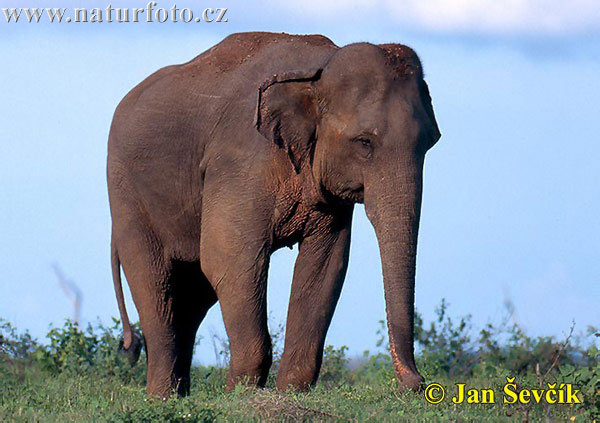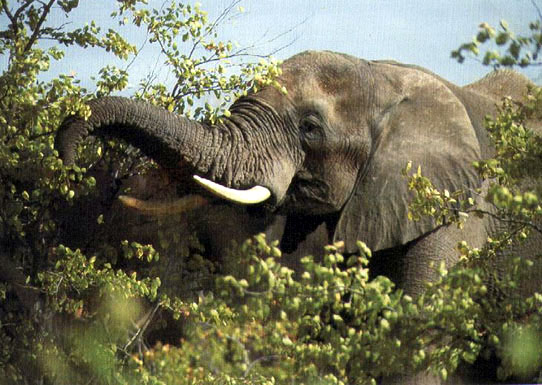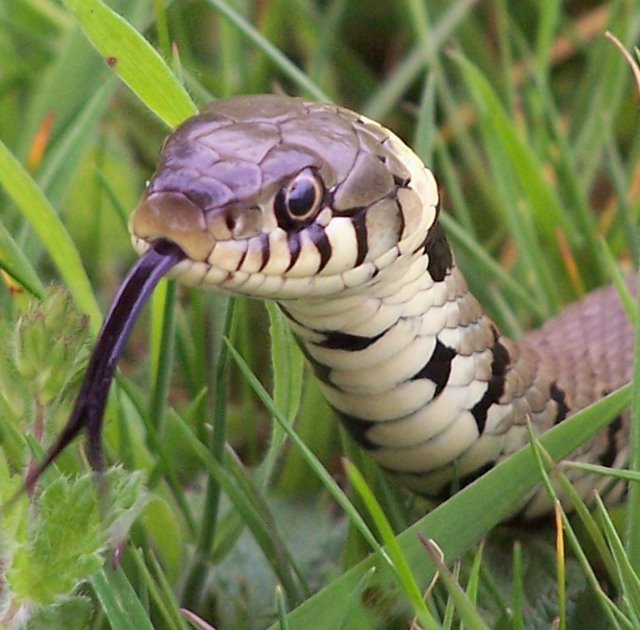In the next few paragraphs five medical miracles will be mentioned which will cause you to pray for your health and stray to maintain and strengthen it:
1) The girl with 4 arms and 4 legs:
Yes, 8 limbs! Spiderwoman! This girl, Lakshimi Tatma, who was born in a small Indian village in 2005, was one of a pair of ischiopagus conjoined twins. In this case the other pair was headless due to its head atrophying and chest under developing in the womb.The result of this crazy equation summoned up to one child with 4 arms and 4 legs.
This Indian girl is named after the multi-limbed Indian goddess: Lakshimi. Her mother, Poonam, recalled on a TV show that a few weeks before giving birth she had a dream which told her to build a temple for the goddess, Lakshimi.
The other interesting thing is that Lakshimi, the Indian girl, opened eyes - though only two - to this world during the "Lakshimi Festival".
When Lakshimi was 2, her name had sailed all around India and at one stage a circus offered Lakshimi's parents a sum of money to take her in as a sideshow act. But they were rejected.
She was still in her second year of life, when Dr. Sharan Patil offered to put Lakshimi under the knife of surgery. It was assumed by physiologists and anesthetists that this young girl wouldn't make it past her teens in this structure. Lakshimi was also feeling some discomfort in parts of her body.
 Anyhow, a team of about 30 packed the surgery room on 6 November 2007 to operate the 2 year old who had limbs four times her age. The operation duration was 27 hours and the mighty cost, $625,000, of it was paid by the charitable wing of the hospital, Sparsh Hospital in Bangalore, India.
Anyhow, a team of about 30 packed the surgery room on 6 November 2007 to operate the 2 year old who had limbs four times her age. The operation duration was 27 hours and the mighty cost, $625,000, of it was paid by the charitable wing of the hospital, Sparsh Hospital in Bangalore, India.A TV program a few months after the surgery showed Lakshimi making an effort to walk.
2) Snake bite gave back the motorcyclist his mobility:
Over 20 years ago, David Blancarte was almost killed in a motorcycle accident. He survived but in consequence lost his moving ability and rolled from place to place on a wheel chair til a few years ago.
David was bitten by a Brown Reculse Spider and hospitalized. The nurse, monitoring his situation, noticed a spasm in one of his david's legs.
And a few day on and he was walking.
3) Grandparents or parents?
After decades of infertility, an Indian couple became parents at the age of 70. Both the child and the mother passed the surgery safely and are in a good and healthy situation.
The world record for the oldest parents has also been dedicated to this couple.
4) Four months without a HEART:
The heart is the major pump of the body and without it, a minute or so would be the remainder of one's life. So, four months?
Yes, 4 months without a real and natural heart but with an artificial pump. Here's the story:
D'Zhana Simmons had an enlarged heart and was due for a transplant, but the day which should've been her dream turned into a nightmare. The transplanted heart didn't function properly so the surgeons removed it and instead inserted two pumps which would keep the flow for the next few months.
This caught the attention of the press for two reasons. Because of her low age, 14, and also the fact that in most situations as such, the true and god-given heart isn't removed.
After a few months, she had another heart transplant; this time so successful that the very next day, she had a kidney transplant as well.
5) The dopey genius:
Daniel Tammet from England has two situations: Savant-syndrome and Synaesthesia.
Savant-Syndrome means that the patients has strange and unbelievable talents and abilities. In david's case, he can calculated faster and more accurately than a computer. In some sources it is written that he memorized over 1000 digits of the geometrical phrase, pi. He can also speak about 10 languages.
Synaesthesia is a very rare condition and under a 100 people own it in the whole world. It causes the patient's senses to become mixed up.













